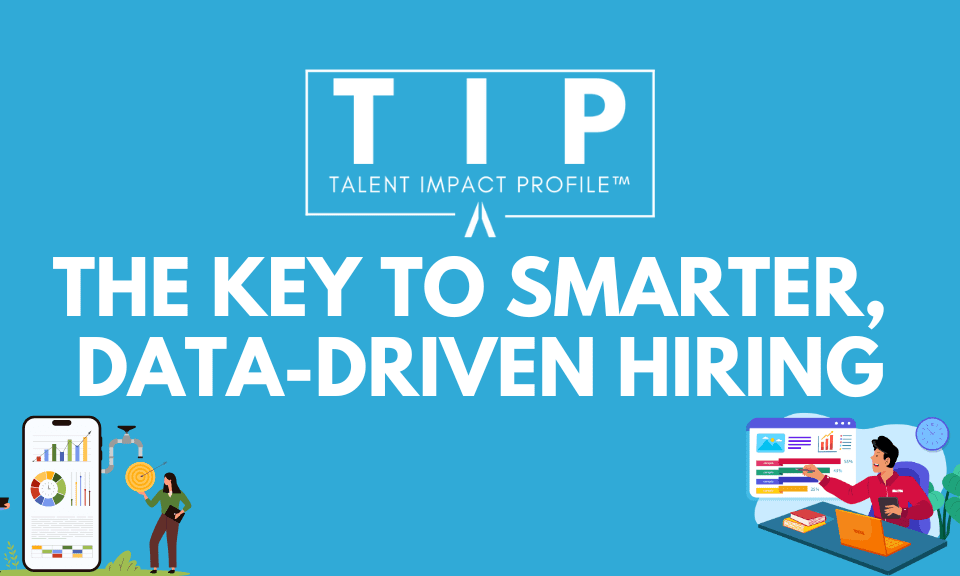
Best Practices for Solving Your People Problems
September 19, 2019
Understanding Corporate Culture
December 12, 2019
We are pleased to share a guest post from Maria Stevens, a coach who is dedicated to helping leaders achieve their personal and professional goals through training classes, coaching programs, and specialized consulting engagements focused on helping companies find, develop, and retain their people.
By now, most companies recognize that to compete in today’s economy and job market, a positive, productive, and engaged culture is essential. A healthy organizational culture leads to increased productivity, a boost in morale, and significantly lower turnover—powerful benefits that go straight to the bottom line. And, as the war for talent continues today, culture is becoming an important lever to use for overall competitive advantage.
As a facilitator, trainer, and practitioner in the areas of leadership, communication, and culture for talent optimization, most of the companies that I work with “get it” conceptually. These small businesses have experienced the impact of having a negative or inconsistent culture first-hand. When a key employee leaves, or when work relationships are strained, the environment becomes highly stressful and overwhelming. This creates a limiting barrier to performance potential – both individually and organizationally.
There are multiple causes of a misaligned culture and no shortage of consequent challenges for the employees, as told to me time and again in my training classes and workshops. What I’ve discovered from coaching executives and professionals at all levels of the organization is this: the crux of the culture dilemma is that leaders lack clarity on what defines company culture. They aren’t sure how to improve it. There are many books and resources out there on building great teams and embracing the power of culture. What’s lacking, however, is the translation from theory into practice—the daily behaviors, habits, and best practices for leaders today.
I offer a simple yet practical view: Culture is conversation. What are the daily conversations like in our workplace, and how can we improve and get better in this area? Typically what I hear from clients is:
“Conversation in meetings is unproductive, unorganized, and far too long.”
“People don’t hold each other accountable and avoid talking about the real issues.”
“Some managers tell us what’s going on from the C-suite, some don’t.”
“We aren’t sure if it’s okay to talk about certain things around here.”
“We use email too much and need to have more direct (face-to-face if possible) conversations.”
“Nobody listens; there is far too much interrupting and over-talking.”
“We have some people who are really difficult to deal with, and we tolerate their behavior.”
These are symptoms of a misaligned culture, and it can seem daunting at first to tackle it. That’s why we need to challenge ourselves as leaders to look at the problem more comprehensively and from alternate perspectives. For example, rather than saying, “We need more accountability in our culture,” or “We simply need a better culture,” let’s consider an alternate view; that culture is the outcome…accountability is the outcome. This suggests then that we must re-evaluate the inputs. In other words, do the people in our company know how to have difficult conversations? Do they know how and what to say to offer feedback? Have they been taught what to look for when someone is disengaged? Or how to have a proper one-on-one dialogue with a direct report?
Probably not. And they’re not alone.
Unfortunately, the critical “soft” skills/leadership skills/people skills required to communicate effectively to build a healthy culture have been largely excluded from academia, as well as from most HR handbooks and company core values. Almost every single company I talk to admits that leadership development, personal and professional development has been neglected. This is unfortunate because what we know for sure in business is that every year, our clients, patients, employees, and partners will demand more from us. How are we investing in our people to drive the business outcomes that we want?
Culture is the strategic lynchpin to it all; recruitment, productivity, morale, retention, and business performance. And these vital organizational outcomes are all dependent on our people. Driving improvement means we must look at culture differently and consider how we can lead by a better example and teach our people to do the same.
Communication is the bridge that can get us there. Stronger communication skills lead to much more effective decision-making and problem-solving for better business outcomes. Clear communication enhances your internal brand to your most important customer: Your employees! And, enhanced communication in your culture dramatically increases engagement.
Here are some powerful questions that I use to help employees and leaders achieve more clarity with less emotion for enhanced decision making. These questions can be used in our self-talk and have even more impact when used to communicate and coach others during and after a key interaction or conflict:
• What role did I play?
• How well did I handle it? Did I over-react or take rash action? Did I rush to judgment before I knew all the facts? Did I stereotype?
• What is the real issue? What am I missing?
• Why is it important to solve?
• What will happen if the situation doesn’t change or get worse? What are the implications for me and the company?
• What is the ideal way for this to get solved, and why?
• What’s my best next step?
I can’t think of a company that doesn’t stand to benefit from changing daily behavior and conversations around problems, customer/patient satisfaction, and enacting positive change overall. It begins with shifting our view of culture from the goal to the outcome. When leaders have the proper skills, a positive culture is a natural by-product.
Let’s ensure we are equipping our people with the right expectations, skill sets, and support needed to win. And never underestimate the power of communication.
More about Maria A. Stevens, M.A.

Her distinctions include growing leaders and businesses as a Vistage Peer Advisory Group Chair, providing onsite leadership classes as a certified John Maxwell Coach/Trainer, and developing customized strategic planning as a Certified StratOp Facilitator. Maria also holds a certification in the Tilt 360 assessment as well as Predictive Index; a behavioral assessment tool utilized for job placement and performance. Her mastery in communication is a driving force in her unique offerings of assessments, tools, and training curriculum that provide practical strategies for optimizing leadership and employee potential within all levels of an organization.
Image credit: Canva




